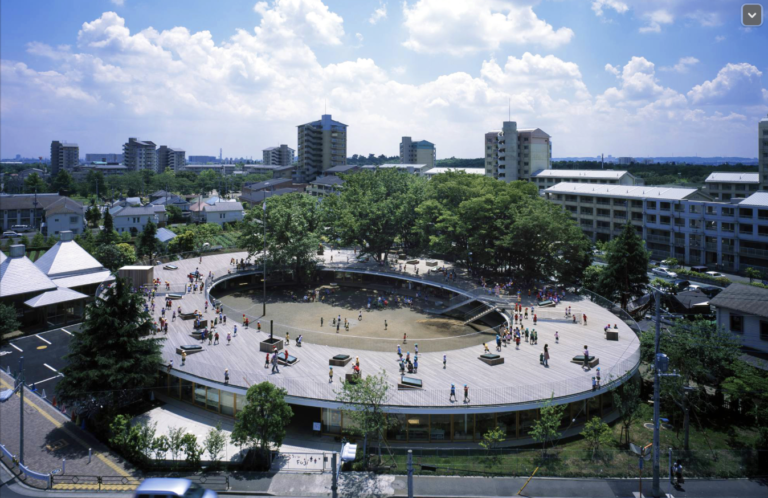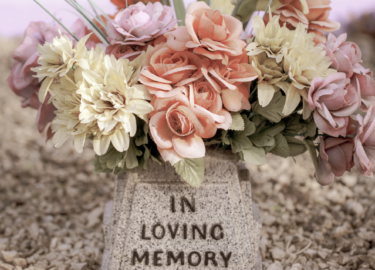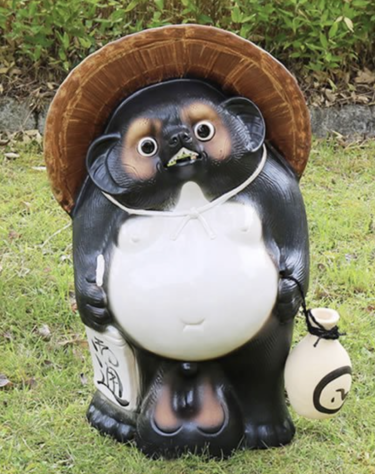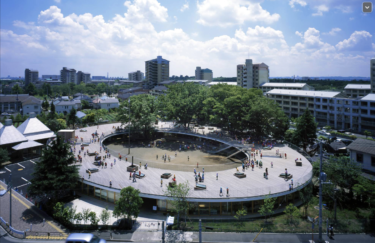はじめに
TED-Edではないけど、TEDxKyotoの動画で最高の幼稚園というのが目についた。どんな内容なのだろう。興味のある人はぜひトライしてみてほしい。
(出典:YouTube)
手塚貴晴+手塚由比
このTEDに登壇していたのが、建築家の手塚貴晴氏だった。調べると夫婦で建築研究所を立ち上げていて、数々の賞を受賞されている。その中でもこの「ふじようちえん」は面白い。
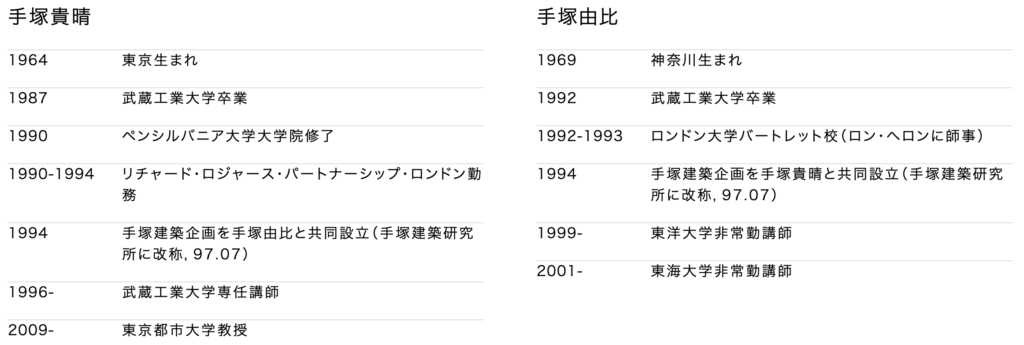
(出典:株式会社手塚建築研究所)
ふじようちえん
東京都立川市にある私立の幼稚園だ。1971年に設立し、モンテッソーリ教育を採用している。従来の園舎の老朽化に伴って、佐藤可士和が構想を担当し、手塚建築研究所が設計した。園児はなんと560人と日本でもトップ三に入る規模だ。なんと言ってもユニークなのは楕円状の屋根だ。屋上を子供が自由に走り回って遊べる設計にした結果、園児の体力は近隣の園児に比べてダントツに高いという。教室も壁に区切ることなく、基本的にオープンな設計だ。どこかに隠れても、どっかにいっても戻ってくる仕掛けだという。3本の欅が屋根を貫通していて、ここもネットで安全を確保されているけど、園児のお気に入りの遊び場所だ。
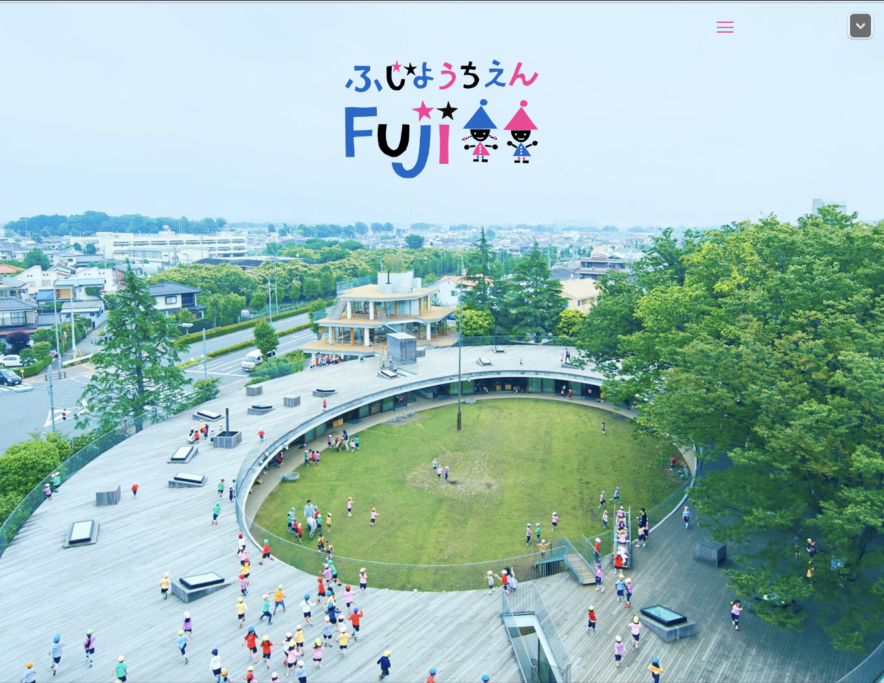
(出典:ふじようちえん)
モンテッソーリ教育
モンテッソーリ(Montessori)教育法とは、子供の自然な興味を伸ばし、子供伸ばすことを目的とした教育システムだ。イタリアの医師マリア・テクラ・アルテミシア・モンテッソーリ(1870年8月31日から1952年5月6日)によって開発された。根底にある哲学はアンフォールドメント理論に由来している(参考)。子供を管理下に置き、過保護に育てるのではなく小さな失敗を数多く経験させることで成長を促すという考え方だ。これは、ベンチャービジネスの立ち上げにおいて、小さな失敗を数多く、いち早く経験して、改善するという考え方に似ている。そんな自律的な教育で育った子供たちがどんな大人になるのか将来が楽しみだ。
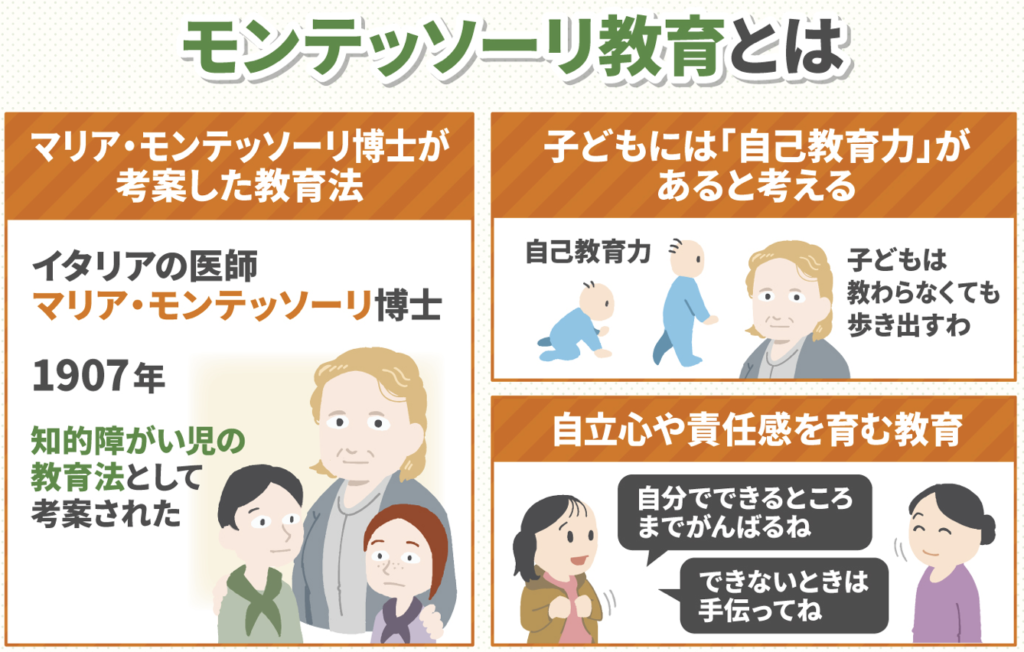
(出典:新芽’sクラブ)
3つの質問
Q1) What shape did they make the kindergarten?
これは基本的な質問だ。本当は楕円だけど一番近いのは「Circle」が正解だろう。動画でも説明しているが、外周が約183mで、内周は約108mだ。
Q2) Why did they make the school an open design?
なぜ学校をオープンなデザインにしたのかという質問だ。これには正解はないが、子どもたちに解放感を与え、過剰にコントロールされないようにしたい。守りすぎ、時には転んで怪我をさせることも必要で、それによりこの世界でどのように生きているかを学ぶことができると言っていた。英語だと次のような感じか。
Q3) Why is noise important?
これはすこし哲学的だけど、なぜ騒音が重要かという設問だ。動画の中でかつて人類はノイズのあるジャングルで過ごしていたので、そのようなノイズがある世界で子供たちは安心できる。逆に静かすぎると眠れないようなことも言っていた。英語では次のような感じか。
まとめ
今回の動画では、かわいい園児の笑顔が満載だった。これはだめ、あれもダメと規則で縛り付けるのではなく、自由に活動できる安全な環境を作り、そこで子供たちは自由に助け合って遊び、社会性を養うことができるなら、これは本当に最高の教育現場だろう。動画の会場でも参加者が非常に熱心に聞いているのが印象的だった。今度、京都に行ったらぜひ視聴したいと思った。
以上
最後まで読んでいただきありがとうございます。
拝
参考:英文スクリプト
This is a kindergarten we designed in 2007. We made this kindergarten to be a circle. It’s a kind of endless circulation on top of the roof. If you are a parent, you know that kids love to keep making circles. This is how the rooftop looks. And why did we design this? The principal of this kindergarten said, “No, I don’t want a handrail.” I said, “it’s impossible”. But he insisted: “How about having a net sticking out from the edge of the roof? So that it can catch the children falling off?” I said, “It’s impossible”. And of course, the government official said, “Of course, you have to have a handrail”. But we could keep that idea around the trees. There are three trees popping through. And we were allowed to call this rope as a handrail. But of course, the rope has nothing to do with them. They fall into the net. And you get more, and more, and more. Sometimes 40 children are around a tree. The boy on the branch loves the tree so he is eating the tree. And at the time of an event, they sit on the edge. It looks so nice from underneath. Monkeys in the zoo. Feeding time. And we made the roof as low as possible because we wanted to see children on top of the roof, not only underneath the roof. And if the roof is too high, you see only the ceiling.
The leg washing place – there are many kinds of water taps. You see with the flexible tubes, you want to spray water on your friends, and the shower and the one in front is quite normal. But if you look at this, the boy is not washing his boots, he’s putting water into his boots. This kindergarten is completely open, most of the year. And there is no boundary between inside and outside. So it means basically this architecture is a roof. And also there is no boundary between classrooms. So there is no acoustic barrier at all. When you put many children in a quiet box, some of them get really nervous. But in this kindergarten, there is no reason they get nervous. Because there is no boundary. And the principal says if the boy in the corner doesn’t want to stay in the room, we let him go. He will come back eventually because it’s a circle, it comes back.
But the point is, on that kind of occasion, usually children try to hide somewhere. But there, just they leave and come back. It’s a natural process. Secondly, we consider noise very important. You know that children sleep better in noise. They don’t sleep in a quiet space. And in this kindergarten, these children show amazing concentration in class. And you know, our kind grew up in the jungle with noise. They need noise. And you know, you can talk to your friends in a noisy bar. You are not supposed to be in silence. And you know, these days we are trying to make everything under control. You know, it’s completely open. And you should know that we can go skiing at -20 degrees in winter. In summer you go swimming. The sand is 50 degrees. And also, you should know that you are waterproof. You never melt in rain. So children are supposed to be outside. So that is how we should treat them.
This is how they divide classrooms. They are supposed to help teachers. They don’t. I didn’t put him in. A classroom. And a washbasin. They talk to each other around the well. And there are always some trees in the classroom. A monkey trying to fish another monkey from above. Monkeys. And each classroom has at least one skylight. And this is where Santa Claus comes down at the time of Christmas. This is the annex building, right next to that oval-shaped(楕円形) kindergarten. The building is only five meters tall with seven floors. And of course, the ceiling height is very low. So you have to consider safety. So, we put our children, a daughter, and a son. They tried to go in. he hit his head. He’s okay. His skull is quite strong. He is resilient. It’s my son.
And he is trying to see if it is safe to jump off. And then we put other children. The traffic jam is awful in Tokyo, as you know. The driver in front, she needs to learn how to drive. Now these days, kids need a small dosage(投与量) of danger. And on this kind of occasion, they learn to help each other. This is society. This is the kind of opportunity we are losing these days. Now, this drawing is showing the movement of a boy between 9:10 and 9:30. And the circumference of this building is 183 meters. So it’s not exactly small at all. And this boy did 6,000 meters in the morning. But the surprise is yet to come. The children in this kindergarten do 4,000 meters on average. And these children have the highest athletic abilities among many kindergartens.
The principal says I don’t train them. We leave them on top of the roof. Just like a sheep. They keep running. My point is not to control them, don’t protect them too much, and need to tumble sometimes, to get some injury. And it makes to learn how to live in this world. I think architecture is capable of changing this world of the people. And this is an attempt to change children life. Thank you very much.

